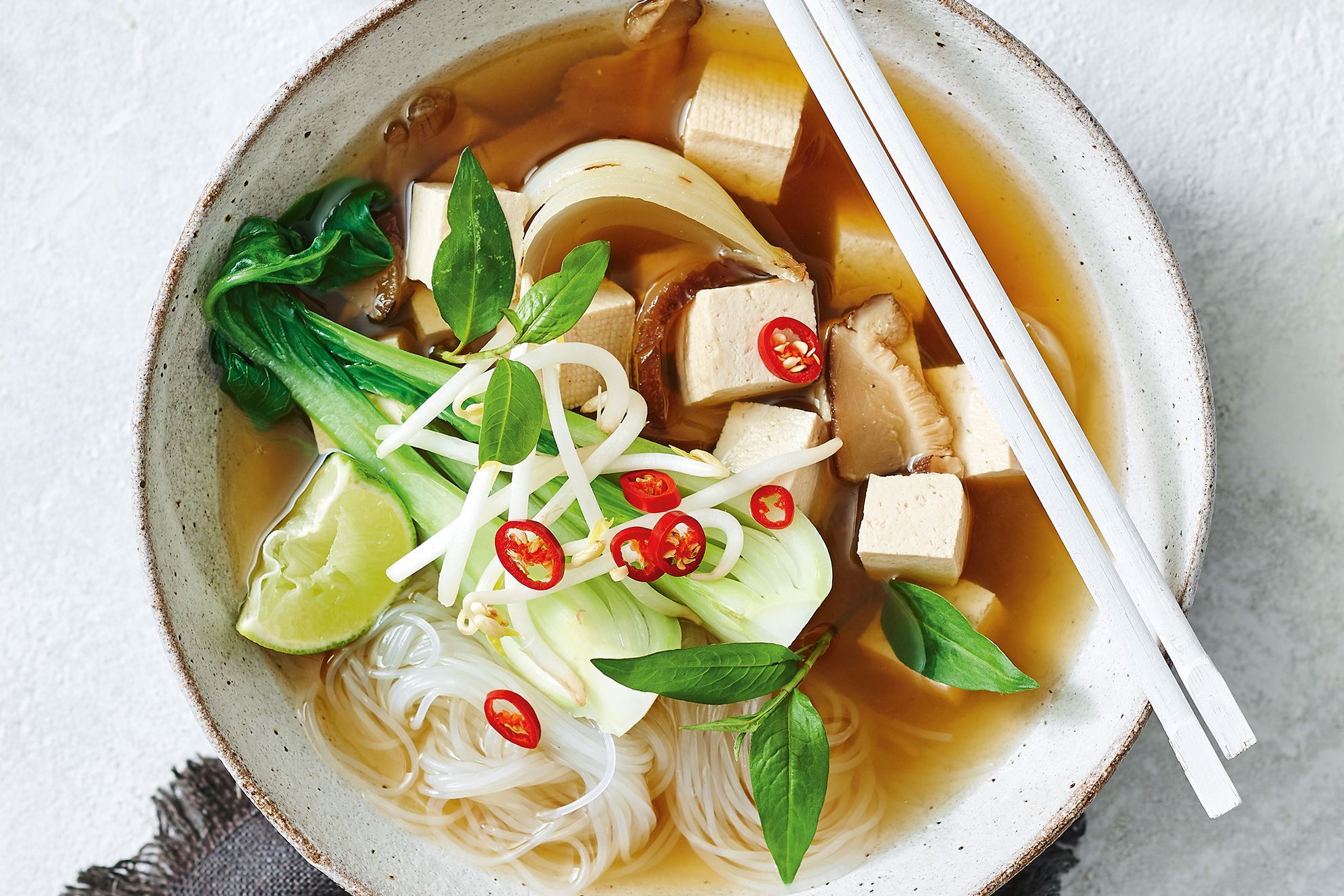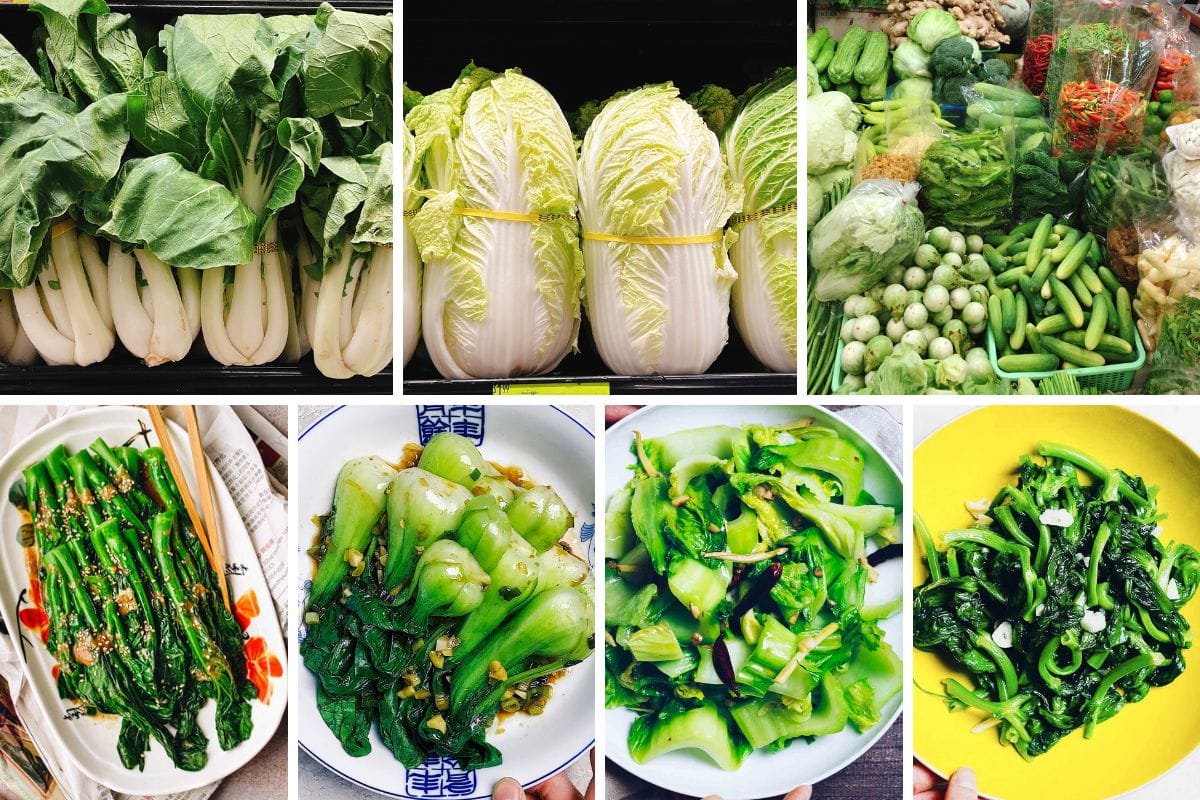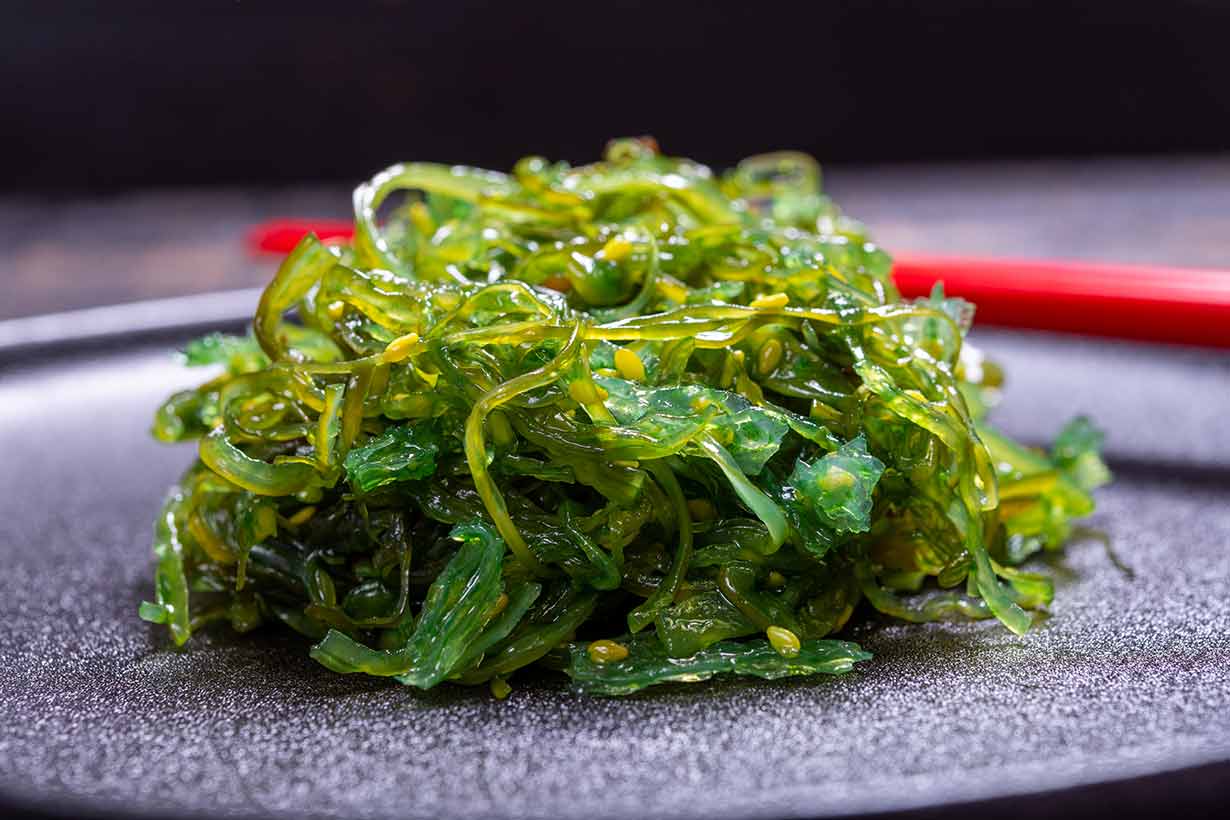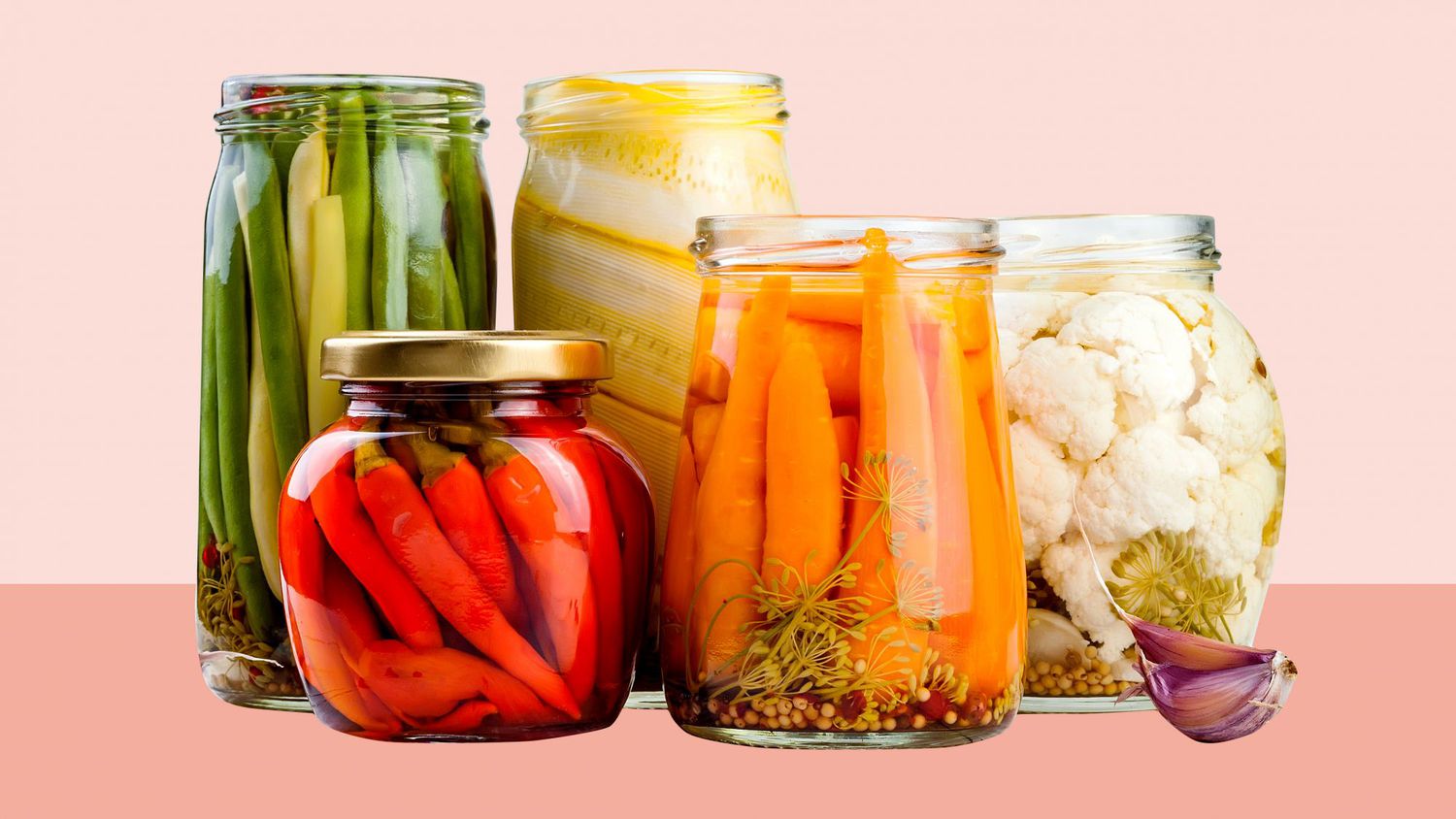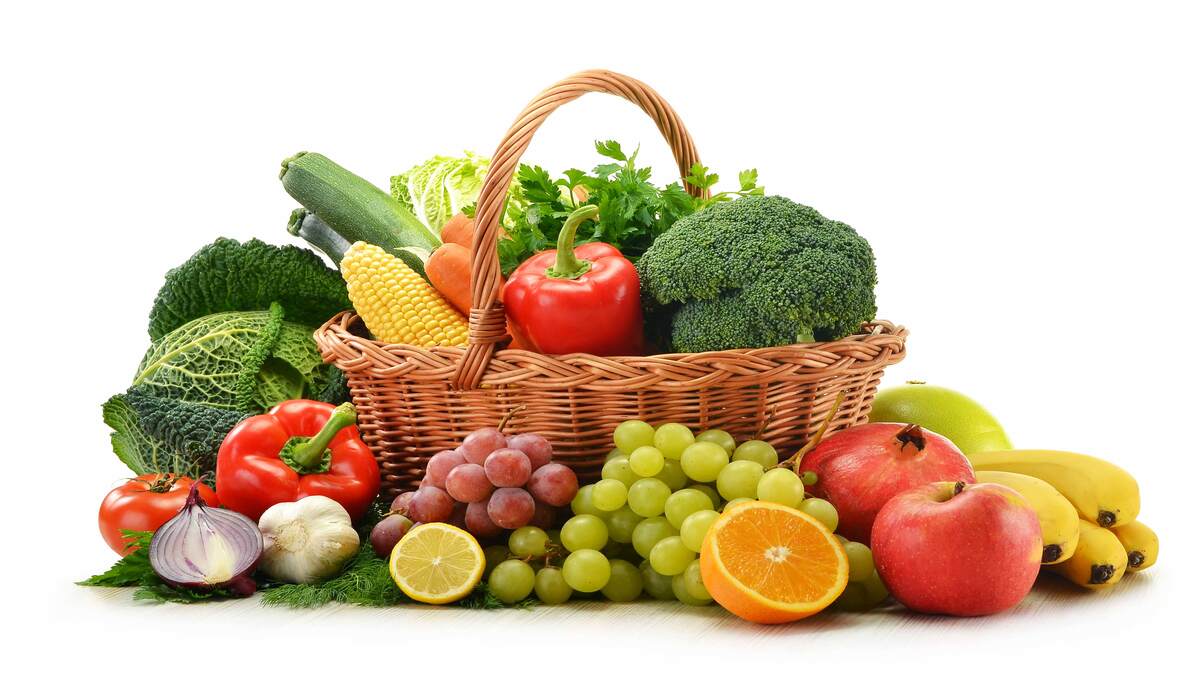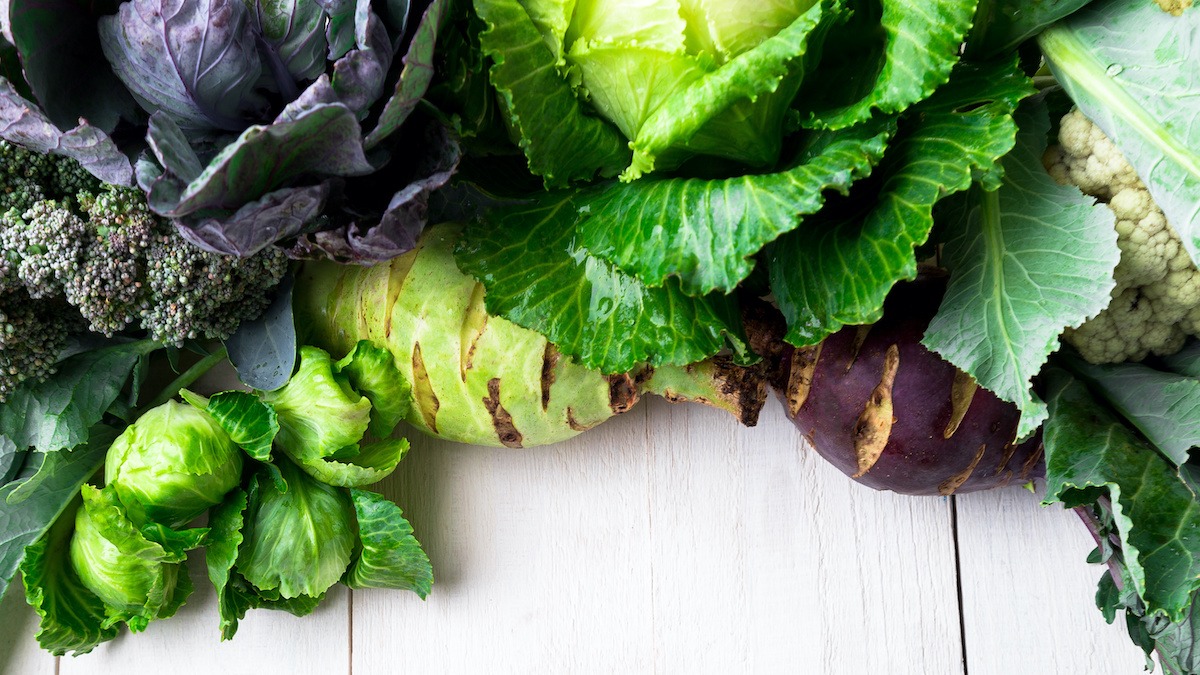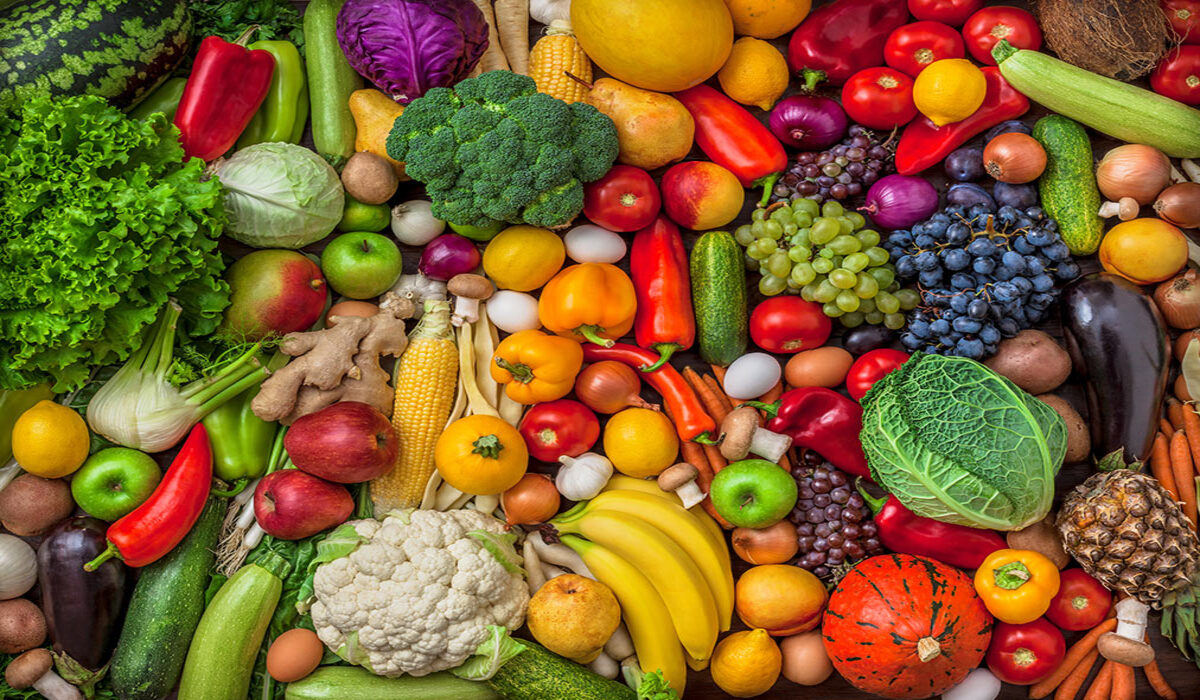Home>Types of Gardening>Edible Gardening>What Are White Vegetables
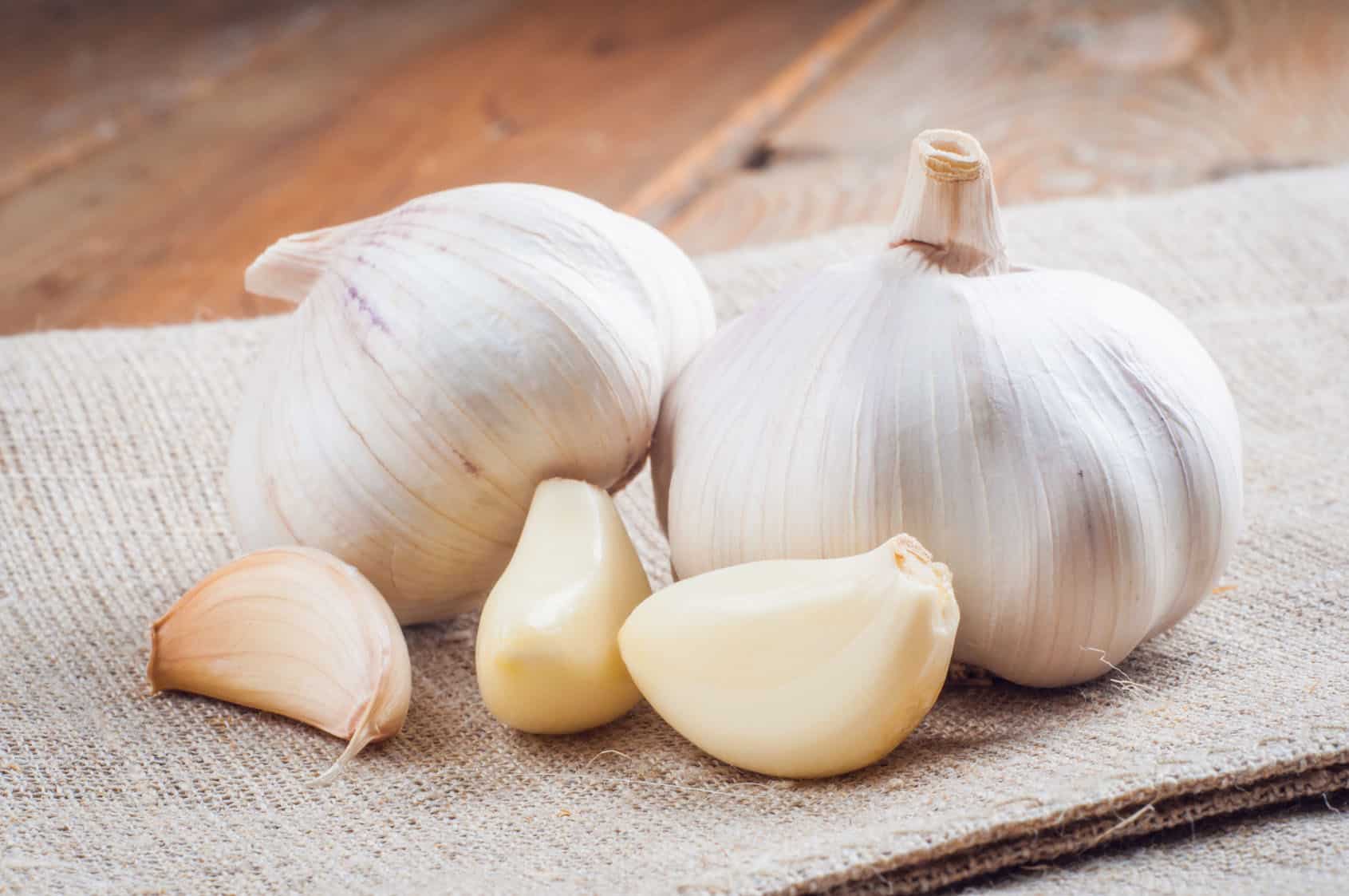

Edible Gardening
What Are White Vegetables
Modified: January 22, 2024
Discover the benefits of white vegetables in edible gardening. Learn about the various types, their nutritional value, and how to grow them in your own garden.
(Many of the links in this article redirect to a specific reviewed product. Your purchase of these products through affiliate links helps to generate commission for Chicagolandgardening.com, at no extra cost. Learn more)
Introduction
Welcome to the fascinating world of white vegetables! While you might be more familiar with brightly colored vegetables like red tomatoes or green broccoli, there’s a whole spectrum of delicious and nutritious white veggies waiting to be explored. Don’t let their pale appearance fool you; these white wonders offer a wealth of health benefits and culinary possibilities.
White vegetables get their color, or rather lack of color, due to their low levels of pigmentation. However, what they lack in vibrancy, they make up for in nutritional value. White vegetables are often packed with nutrients such as vitamins, minerals, and natural antioxidants.
These vegetables are not only flavorful and versatile in the kitchen, but they can also provide numerous benefits for our overall health and well-being. From boosting immunity to supporting cardiovascular health, the white vegetables in this article are sure to delight both your taste buds and your body.
So, whether you’re a seasoned cook looking to expand your culinary repertoire or a health-conscious individual aiming to incorporate more nutritious options into your diet, let’s dive into the world of white vegetables. In this article, we will explore some of the most popular and beneficial white veggies, including cauliflower, garlic, mushrooms, onions, parsnips, potatoes, and turnips. Get ready to be inspired by the wide range of flavors and textures these vegetables have to offer.
Cauliflower
Cauliflower, with its creamy-white florets, is a versatile and nutritious vegetable that deserves a spot on your plate. This cruciferous veggie is not only low in calories but also packed with vitamins, minerals, and fiber.
One of the standout features of cauliflower is its high content of vitamin C, which plays a crucial role in supporting the immune system and promoting collagen production for healthy skin. Additionally, cauliflower is a good source of vitamin K, which is important for bone health and blood clotting.
Another fascinating aspect of cauliflower is its compound called glucosinolate, which has been linked to potential anti-cancer properties. Cauliflower also contains antioxidants like beta-carotene and sulforaphane, which can help protect against oxidative stress and inflammation.
The mild and slightly nutty flavor of cauliflower makes it incredibly versatile in the kitchen. It can be enjoyed raw, steamed, roasted, or even mashed as a low-carb alternative to mashed potatoes. Additionally, cauliflower can be used to create grain-free pizza crusts, rice alternatives, and even creamy soups.
Whether you’re looking to add more nutrition to your meals or explore creative cooking options, cauliflower is a fantastic choice. Its versatility, combined with its health benefits, makes it a staple in many kitchens around the world.
Garlic
Garlic, with its pungent aroma and distinct flavor, is a white vegetable that has been revered for its medicinal properties for centuries. It not only adds depth and complexity to a wide range of dishes but also offers numerous health benefits.
One of the key compounds found in garlic is allicin, which is responsible for its potent antibacterial and antiviral properties. Garlic is often used to support immune function and ward off common illnesses like colds and flu.
Furthermore, garlic contains antioxidants that help protect against cell damage caused by harmful free radicals. These antioxidants have been linked to reducing the risk of chronic diseases such as heart disease and certain types of cancer.
Garlic is also known for its potential cardiovascular benefits. Studies have shown that it may help lower blood pressure and improve blood cholesterol levels. Additionally, garlic has anti-inflammatory properties that can support overall heart health.
Aside from its health benefits, garlic adds depth and flavor to a wide range of dishes. From pasta sauces to roasted vegetables and marinades, its unique taste elevates the culinary experience. It can be used either raw or cooked, depending on the desired intensity of flavor.
When incorporating garlic into your meals, it’s best to chop, crush, or mince it and let it sit for a few minutes before cooking. This helps activate its potent compounds and enhance its flavor and medicinal properties.
Whether you’re a culinary enthusiast or looking to reap the health benefits, garlic is a white vegetable that deserves a place in your kitchen. Its versatility, flavor, and potential medicinal properties make it a true powerhouse in the world of edible gardening.
Mushrooms
Mushrooms, with their earthy flavor and unique texture, are a fascinating category of white vegetables. While technically not a vegetable, mushrooms are a versatile ingredient that can be incorporated into a variety of dishes, from salads to stir-fries and beyond.
One of the notable features of mushrooms is their rich nutrient profile. They are low in calories and fat but high in key vitamins and minerals. Mushrooms are an excellent source of B vitamins, including riboflavin, niacin, thiamine, and pantothenic acid, which are essential for energy production and maintaining a healthy nervous system.
Mushrooms also provide a good amount of selenium, a powerful antioxidant that plays a role in supporting the immune system and protecting against oxidative stress. Additionally, they contain ergothioneine, a unique antioxidant that has been linked to potential anti-inflammatory and anticancer properties.
Furthermore, mushrooms are one of the few natural plant-based sources of vitamin D. When exposed to ultraviolet (UV) light, mushrooms can produce vitamin D, making them a valuable source of this essential nutrient, especially for individuals following a plant-based diet or limited sun exposure.
In addition to their nutritional value, mushrooms have been associated with various health benefits. Their bioactive compounds, such as beta-glucans and polysaccharides, have been studied for their potential immune-enhancing and anti-tumor properties. They also contain dietary fiber, which can support digestive health and promote satiety.
When it comes to cooking, mushrooms are incredibly versatile and can be enjoyed in various ways. From sautéing them as a side dish to adding them to soups, stews, and pastas, mushrooms add depth and umami to any dish.
So, whether you’re a fan of their unique texture or looking to boost your nutrient intake, mushrooms are a fantastic addition to any edible garden. Their versatility, nutritional value, and potential health benefits make them a popular choice for both home cooks and professional chefs alike.
Onions
Onions, with their distinct flavor and aroma, are a staple in many kitchens around the world. While they come in different colors, including white, yellow, and red, white onions are a popular choice for their mild and slightly sweet taste.
Aside from adding depth and flavor to dishes, onions offer a range of health benefits. They are rich in antioxidants, particularly quercetin, which has been shown to have anti-inflammatory and antihistamine effects. This makes onions beneficial for supporting immune function, reducing inflammation, and potentially alleviating allergy symptoms.
Onions are also a good source of vitamin C, which plays a vital role in supporting the immune system, collagen production, and wound healing. Additionally, they contain fiber, which promotes a healthy digestive system and aids in proper bowel movements.
Furthermore, onions are known for their potential cardiovascular benefits. They contain sulfur compounds that can help lower cholesterol levels, reduce blood pressure, and improve overall heart health. Some studies also suggest that regular onion consumption may help protect against certain types of cancer.
In the kitchen, onions are incredibly versatile and can be used in a variety of dishes. They can be sautéed, caramelized, or added raw to salads and salsas. Onions also form the base for many flavorful sauces, soups, and stews, imparting a delightful aroma and taste.
When selecting onions, choose ones that are firm, have dry outer skins, and are free from any soft spots or mold. Store them in a cool, dry, and well-ventilated place to maintain their freshness and flavor.
Whether you’re looking to enhance the taste of your favorite recipes or enjoy the potential health benefits, white onions are an excellent addition to your edible garden. Their versatility, nutritional value, and distinct flavor make them a must-have ingredient for any cooking enthusiast.
Parsnips
Parsnips are a delicious and nutritious member of the white vegetable family. Resembling carrots, these root vegetables offer a unique flavor profile that combines sweetness with a hint of earthiness.
One of the standout features of parsnips is their high fiber content. Fiber is essential for promoting digestive health, regulating blood sugar levels, and supporting weight management. Incorporating parsnips into your diet can help improve satiety and promote a healthy gut.
Parsnips are also rich in vitamins and minerals, including vitamin C, vitamin K, folate, and potassium. Vitamin C is known for its immune-boosting properties, while vitamin K supports bone health and blood clotting. Folate is crucial for cell division and growth, making parsnips a valuable addition to a balanced diet.
In addition to their nutritional value, parsnips offer culinary versatility. They can be roasted, sautéed, mashed, or even made into a creamy soup. Roasting parsnips brings out their natural sweetness and enhances their flavor, making them a delightful addition to any meal.
Parsnips are a cold-weather crop and can withstand frost, which means they can be harvested well into late fall or even winter. This makes them an excellent choice for gardeners looking to extend their growing season and enjoy fresh produce during the colder months.
When selecting parsnips, look for firm roots that are pale in color. Avoid parsnips that are soft, wrinkled, or have any signs of rot. Once harvested, parsnips can be stored in a cool, dark place for several weeks.
Whether you’re a fan of their unique taste or looking to incorporate more fiber and nutrients into your diet, parsnips are a fantastic addition to any edible garden. Their versatility, nutritional value, and robust flavor make them a worthwhile vegetable to explore in your culinary adventures.
Potatoes
Potatoes are a beloved vegetable worldwide, and their white-fleshed varieties are no exception. These versatile tubers offer a comforting and satisfying addition to countless dishes, from mashed potatoes to crispy fries.
While potatoes have gained a reputation for being high in carbohydrates, they are also a good source of essential nutrients. They are rich in vitamin C, which supports immune function and collagen production. Potatoes also provide vitamin B6, potassium, and dietary fiber, which are important for energy metabolism and overall health.
Additionally, potatoes contain antioxidants like carotenoids and flavonoids, which have been linked to potential anti-inflammatory and anti-cancer properties. When cooked with their skins, potatoes can provide even more nutritional benefits, as the skin is a good source of fiber and antioxidants.
When it comes to cooking, potatoes are incredibly versatile. They can be boiled, mashed, roasted, or steamed, allowing for a variety of textures and flavors. Whether enjoyed as a main course or used as a hearty side dish, potatoes provide comfort and satisfaction to every meal.
It’s worth noting that the nutritional value of potatoes can vary depending on cooking methods and additional ingredients used. Opt for healthier cooking methods like baking or boiling rather than deep-frying. Additionally, try to incorporate a variety of herbs, spices, and other colorful vegetables to enhance the overall nutritional profile of your potato-based dishes.
When selecting potatoes, choose firm ones with smooth skin and minimal blemishes. Avoid potatoes that have sprouts, green patches, or signs of decay. Proper storage in a cool, dark place is essential to prevent them from sprouting or becoming too starchy.
Whether you’re a fan of classic potato dishes or looking for a nutritious and filling ingredient, white potatoes are a versatile and satisfying choice. Their ability to adapt to various cooking methods and their nutritional value make them a staple in the kitchen of any vegetable lover.
Turnips
Turnips are a versatile and nutritious white vegetable that often gets overlooked. With their unique flavor and crisp texture, they offer a delightful addition to a variety of dishes.
One of the notable features of turnips is their low calorie and fat content, making them a great option for those watching their calorie intake. They are also high in fiber, which aids in digestion and helps promote feelings of fullness.
Turnips are rich in vitamins and minerals, including vitamin C, vitamin K, and potassium. Vitamin C is essential for immune function and collagen production, while vitamin K is important for bone health and blood clotting. Potassium, on the other hand, is crucial for maintaining a healthy balance of fluids in the body and supporting proper muscle and nerve function.
Furthermore, turnips contain antioxidants such as beta-carotene and flavonoids, which have been linked to potential anti-inflammatory and cancer-fighting properties. These antioxidants help protect against cellular damage caused by harmful free radicals.
Cooking with turnips opens up a world of possibilities. They can be enjoyed raw in salads for a refreshing crunch, roasted alongside other vegetables for a savory side dish, or mashed for a healthier alternative to traditional mashed potatoes. Turnip greens, which are the leafy tops of the plant, are also nutritious and can be cooked like spinach or added to soups and stews.
When selecting turnips, look for small to medium-sized ones that are firm with smooth skin. Larger turnips may have a slightly woody texture. The greens should be fresh and vibrant, showing no signs of wilting.
Whether you’re searching for a less common vegetable to incorporate into your meals or looking for a nutrient-dense addition to your edible garden, turnips are a wonderful choice. Their versatility, nutritional profile, and distinct flavor make them a valuable asset in any kitchen.
Conclusion
As we explored the world of white vegetables, it is clear that these pale wonders offer more than meets the eye. From the versatile cauliflower to the pungent garlic, the earthy mushrooms to the flavorful onions, the sweet parsnips to the comforting potatoes, and the crisp turnips, each white vegetable brings its own unique flavor, texture, and nutritional benefits to the table.
While their appearances may be unassuming, these white veggies are powerhouses of health-promoting nutrients. They are rich in vitamins, minerals, antioxidants, and dietary fiber, making them valuable additions to a balanced and nutritious diet.
Beyond their nutritional value, white vegetables offer infinite culinary possibilities. They can be incorporated into a wide array of dishes, adding depth, flavor, and visual appeal. From raw salads to hearty stews and from roasted sides to creamy soups, there is no limit to the creativity and deliciousness that white vegetables can bring to your meals.
Whether you’re a seasoned cook, a health-conscious individual, or an adventurous eater looking to expand your edible garden, don’t overlook the potential of white vegetables. Embrace the subtle hues and flavors they offer, and let them take center stage on your plate.
So, next time you’re at the grocery store or planning your garden, consider adding cauliflower, garlic, mushrooms, onions, parsnips, potatoes, and turnips to your shopping list or seed collection. Explore their flavors, reap their health benefits, and enjoy the unique culinary experiences they bring.
It’s time to appreciate the beauty, versatility, and natural goodness of white vegetables and let them shine in your kitchen!
